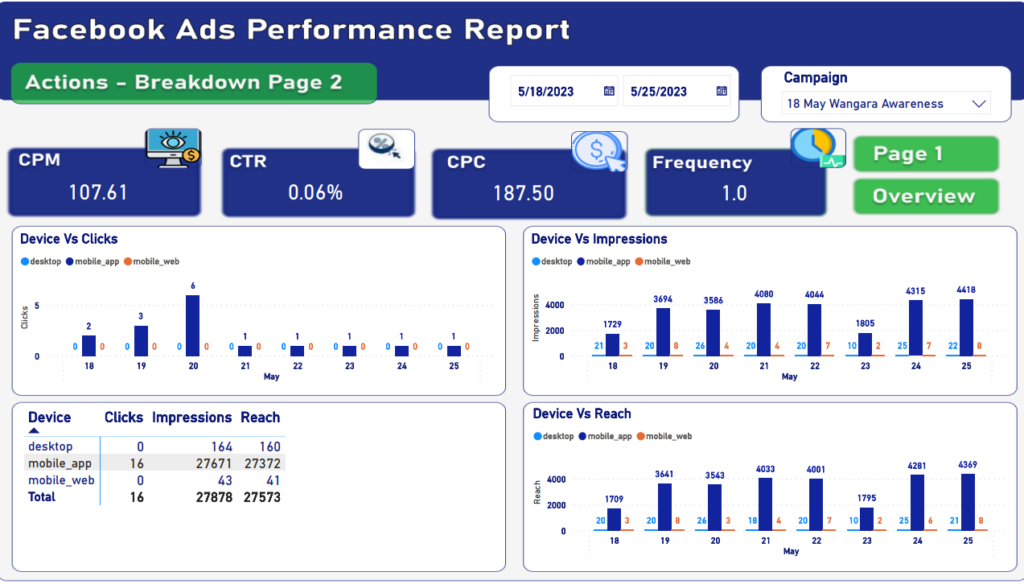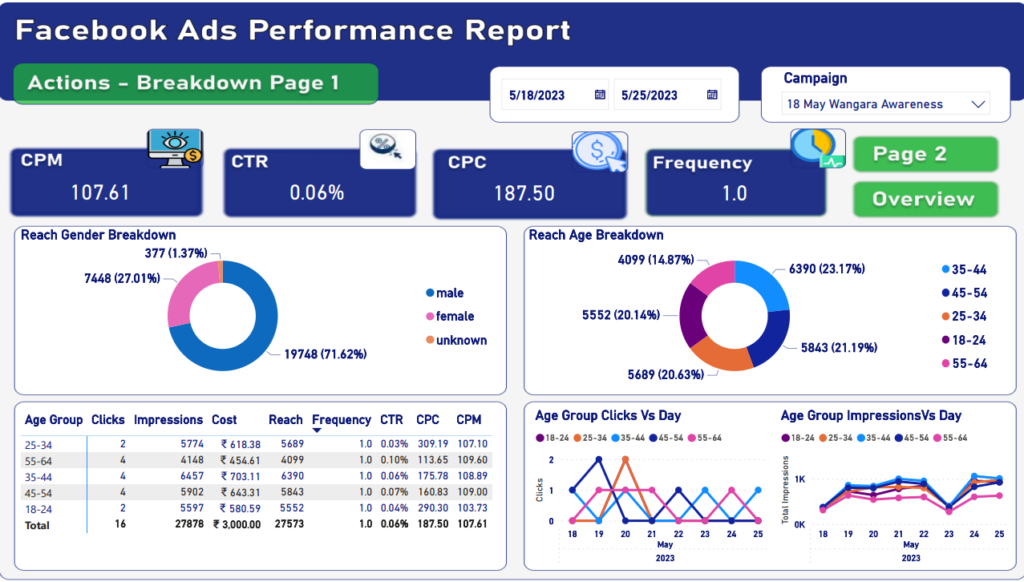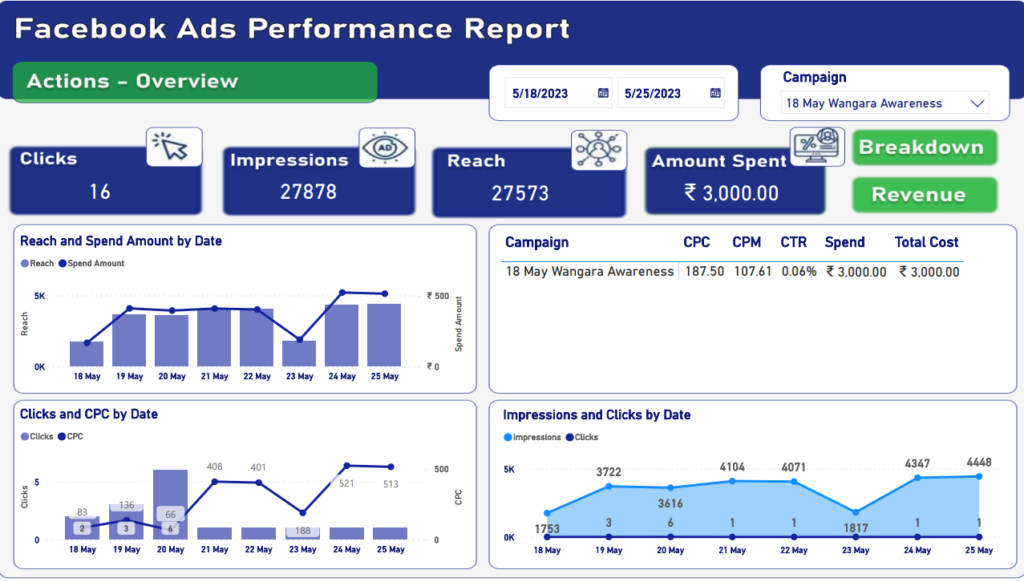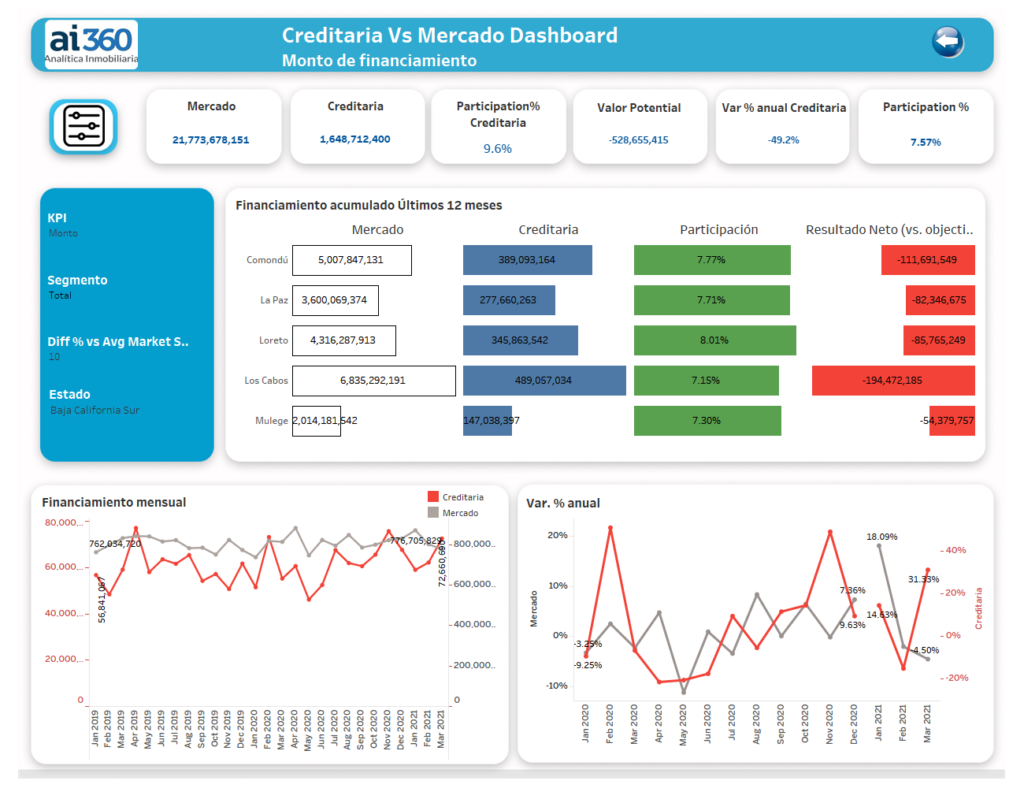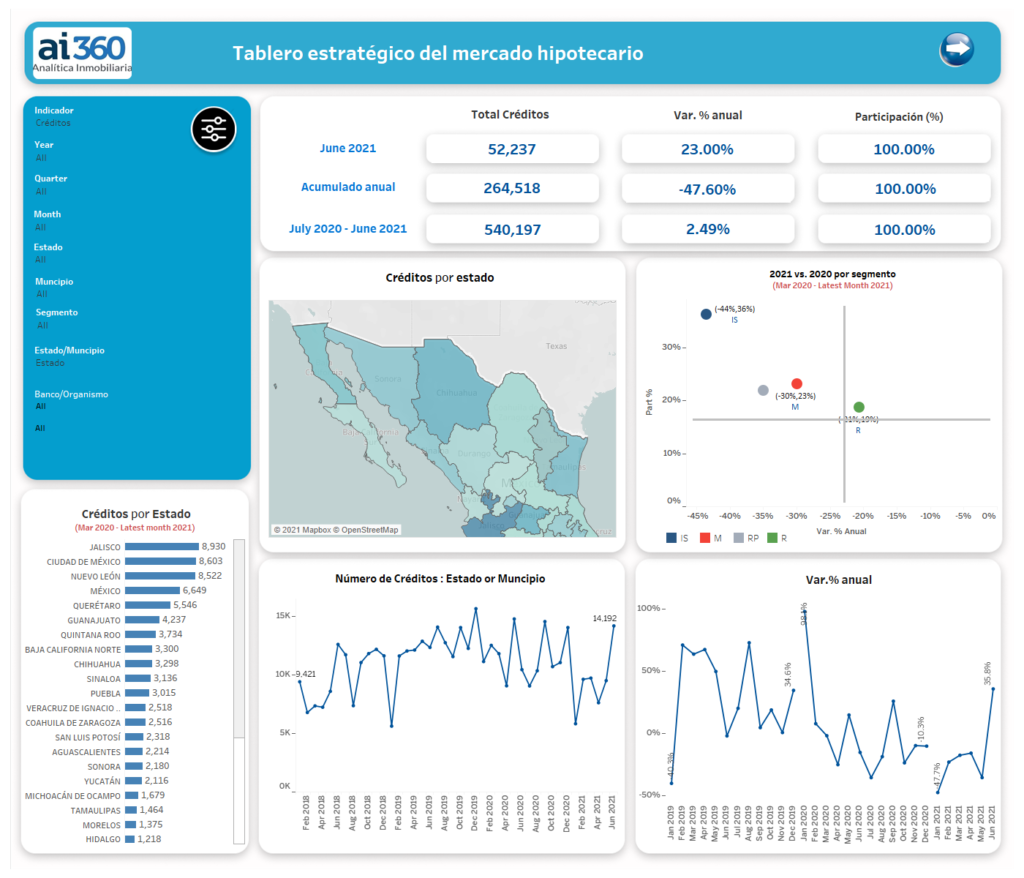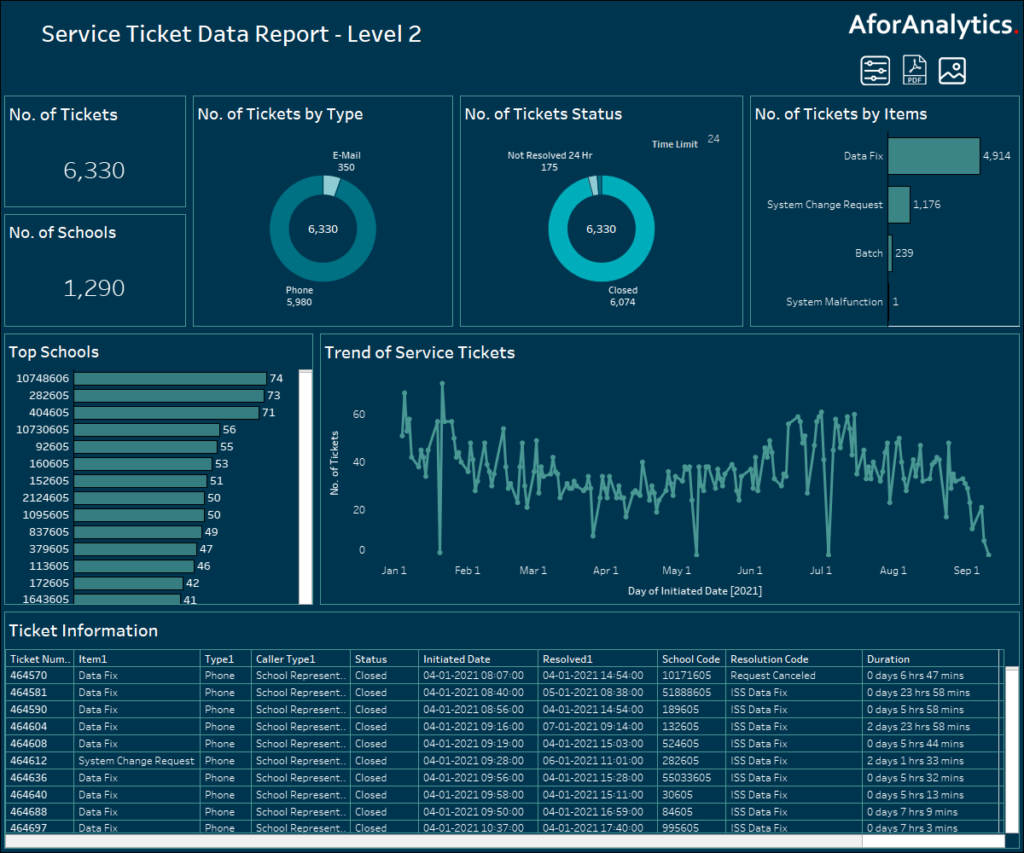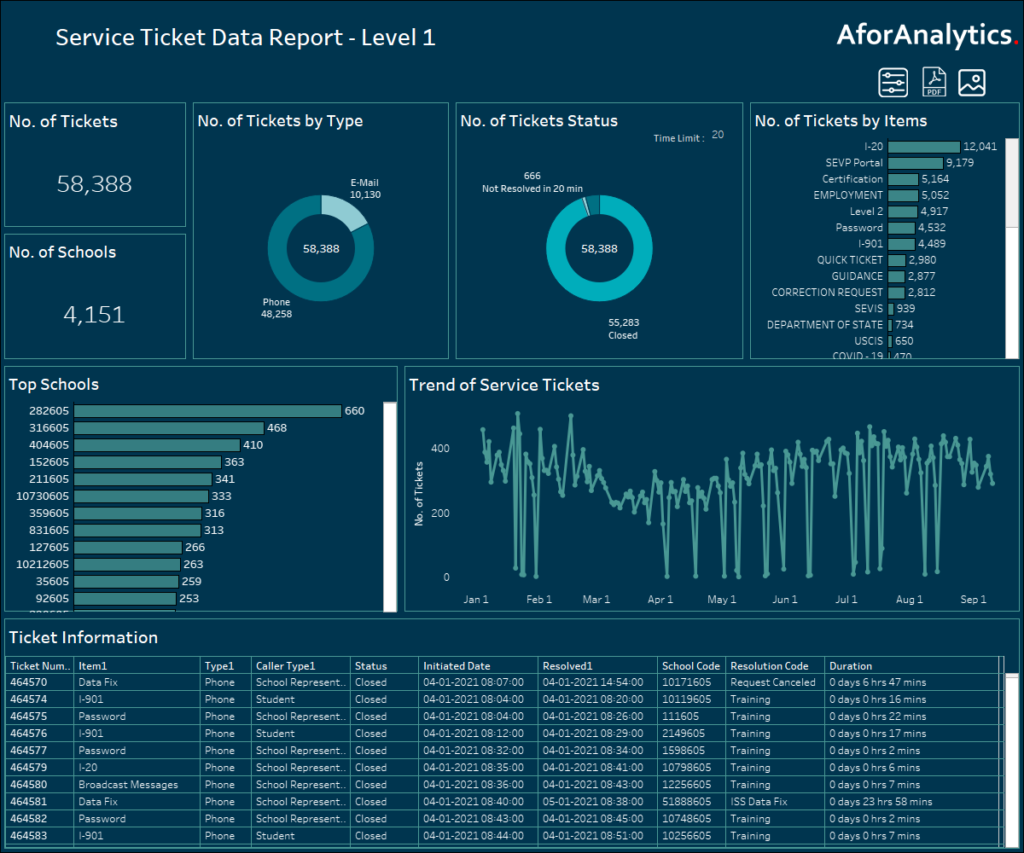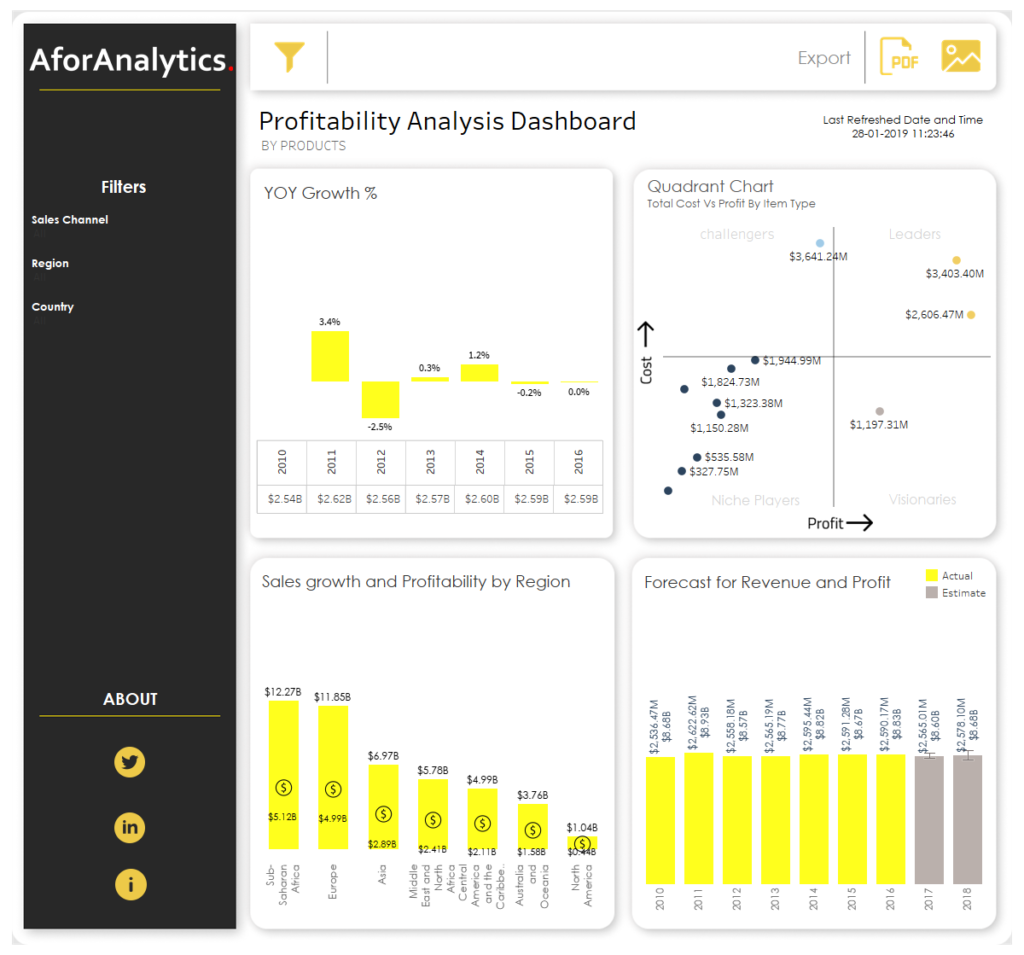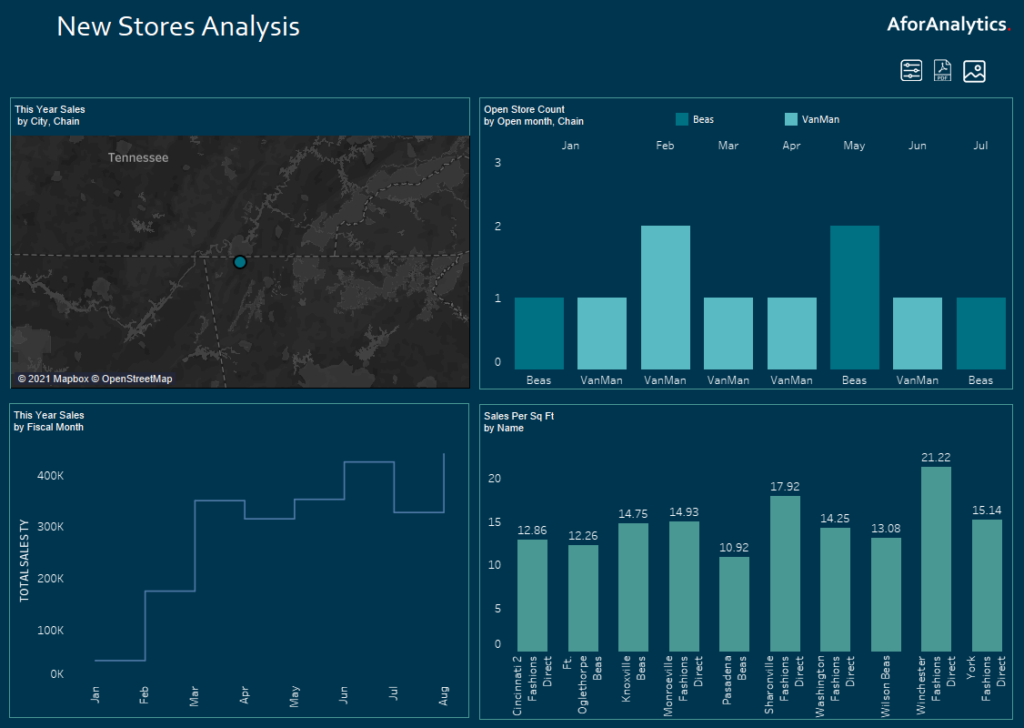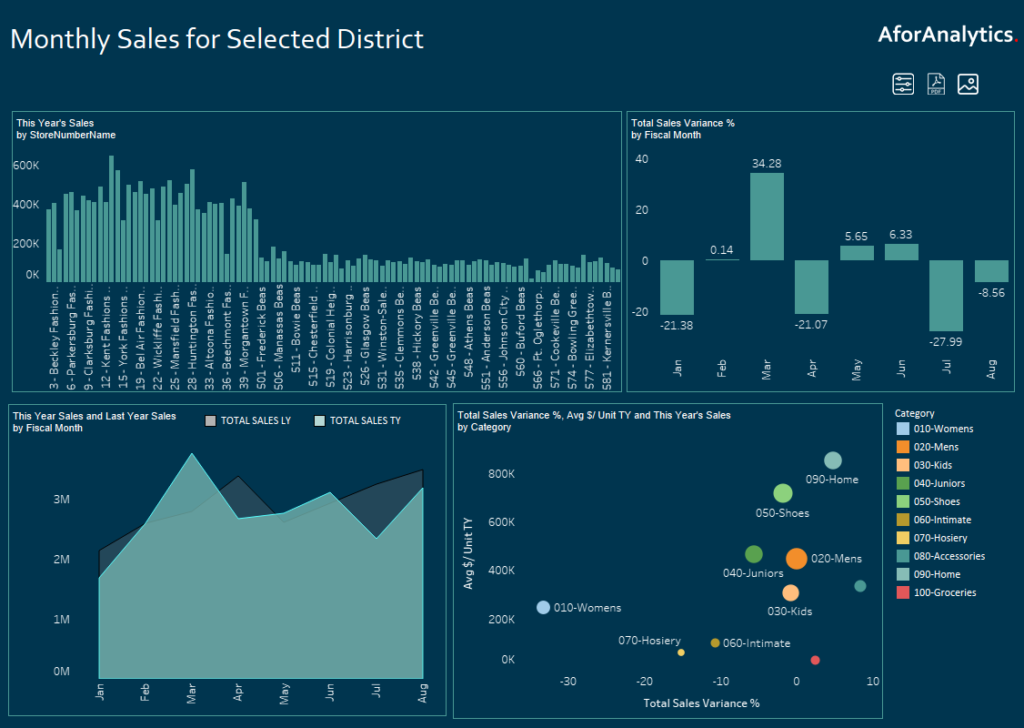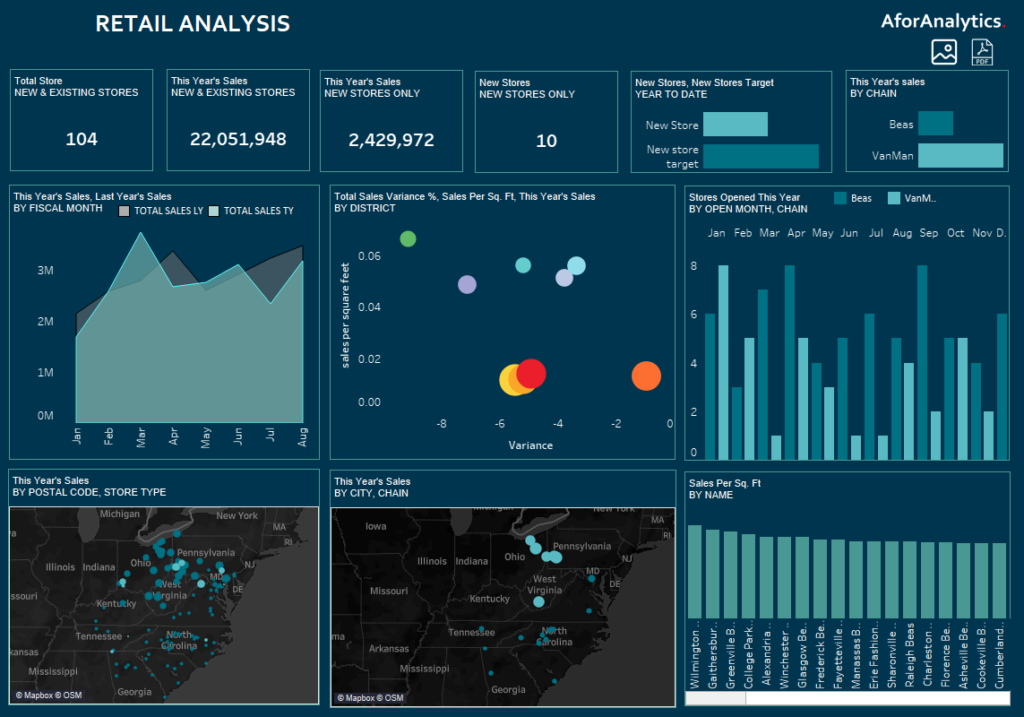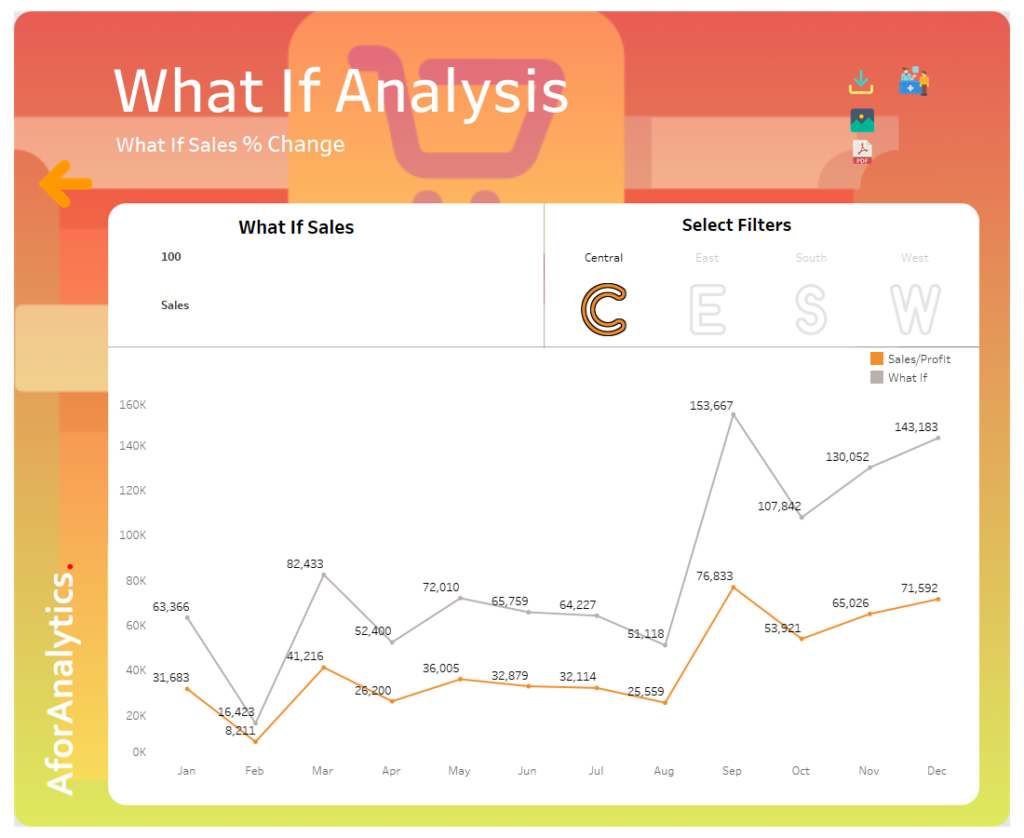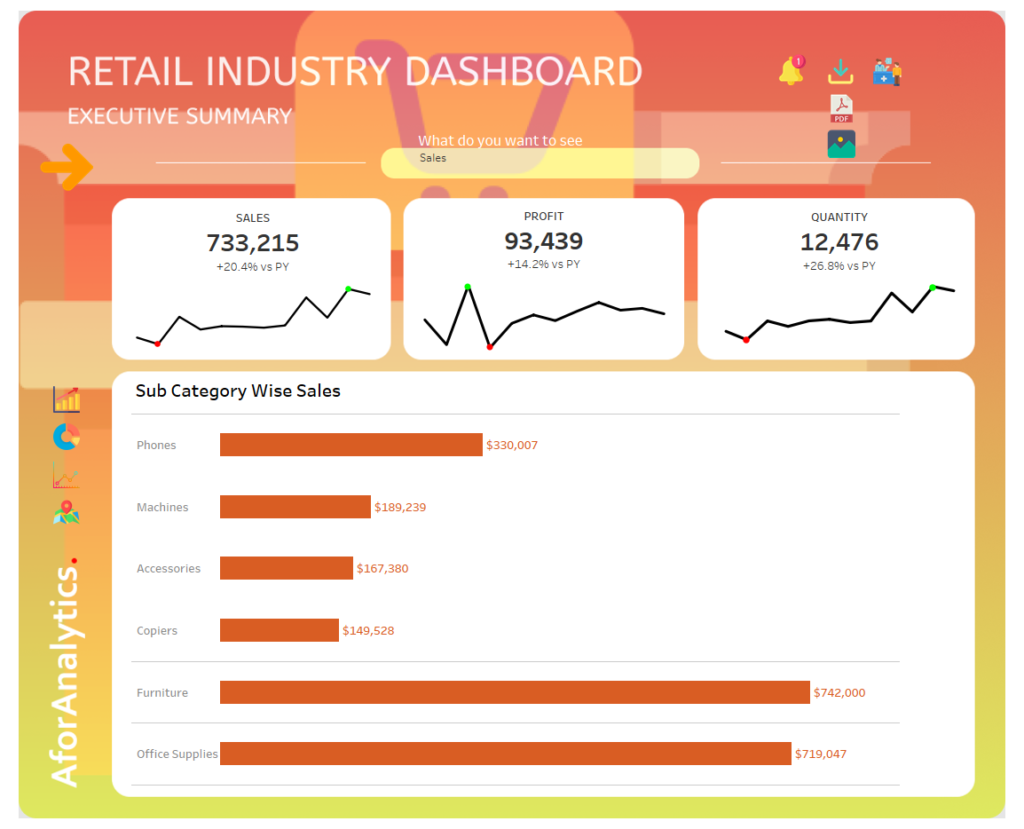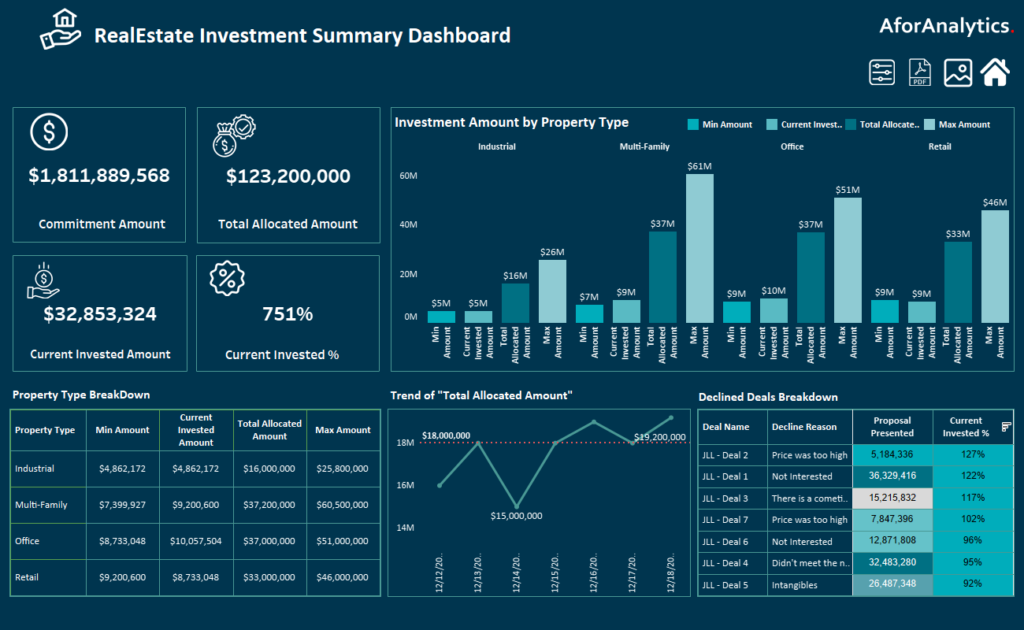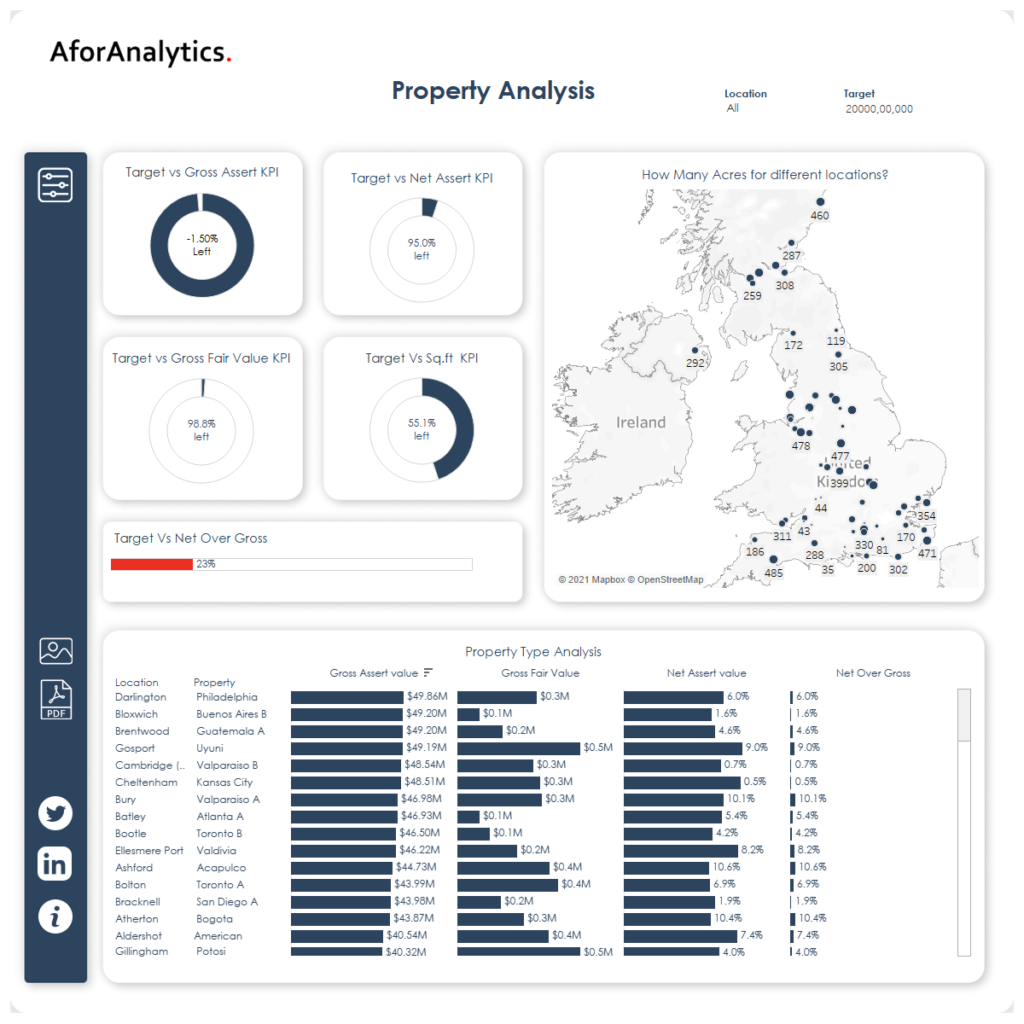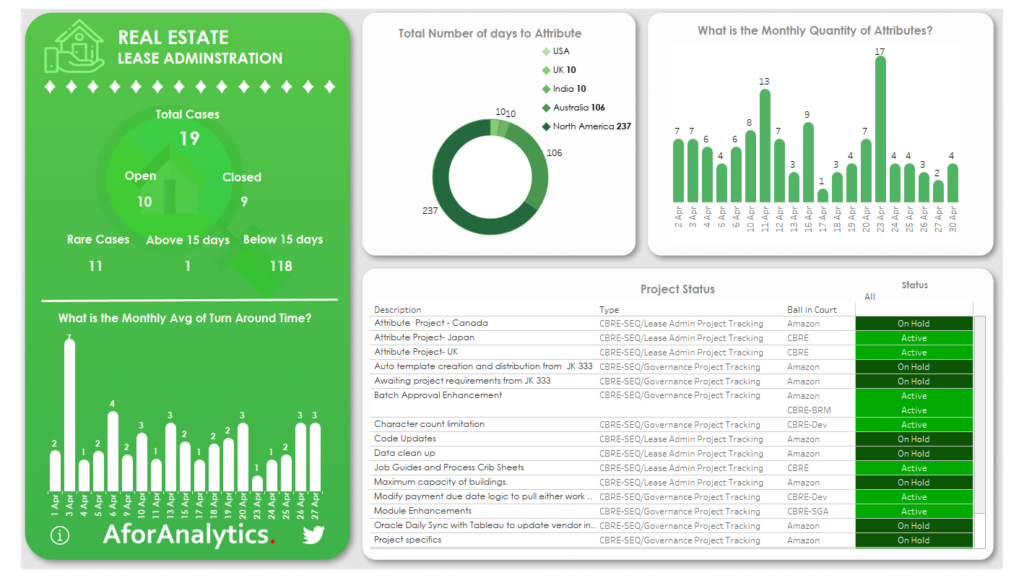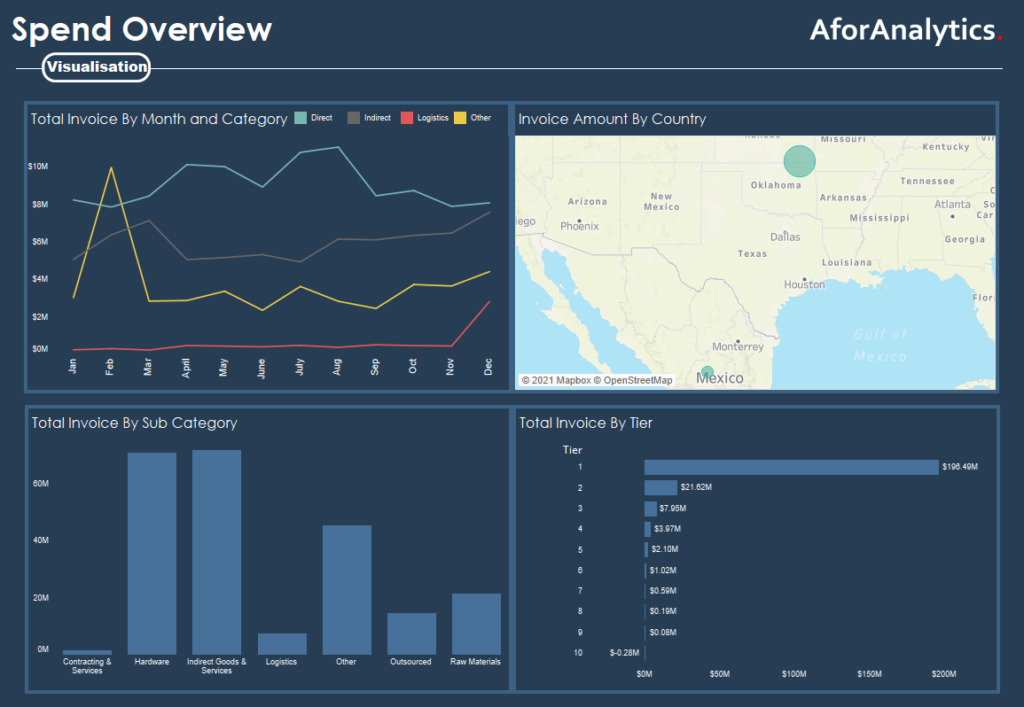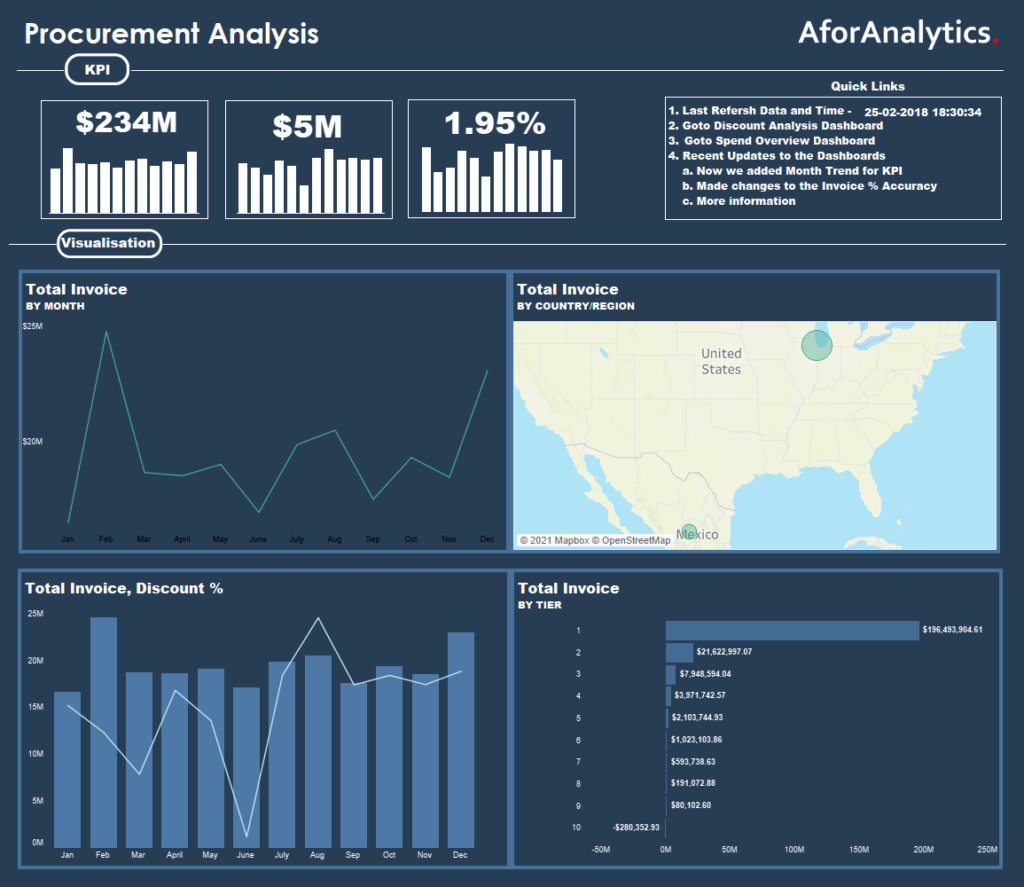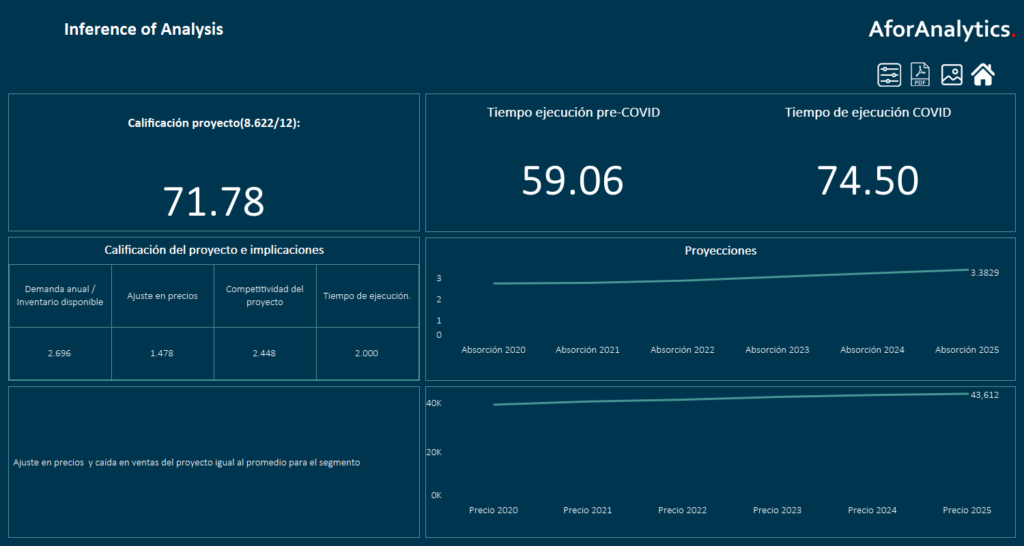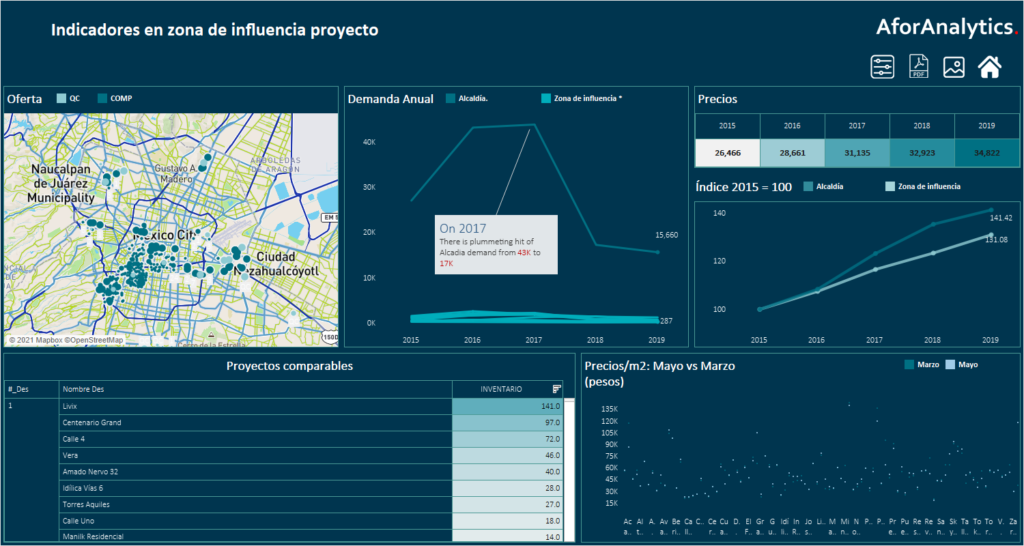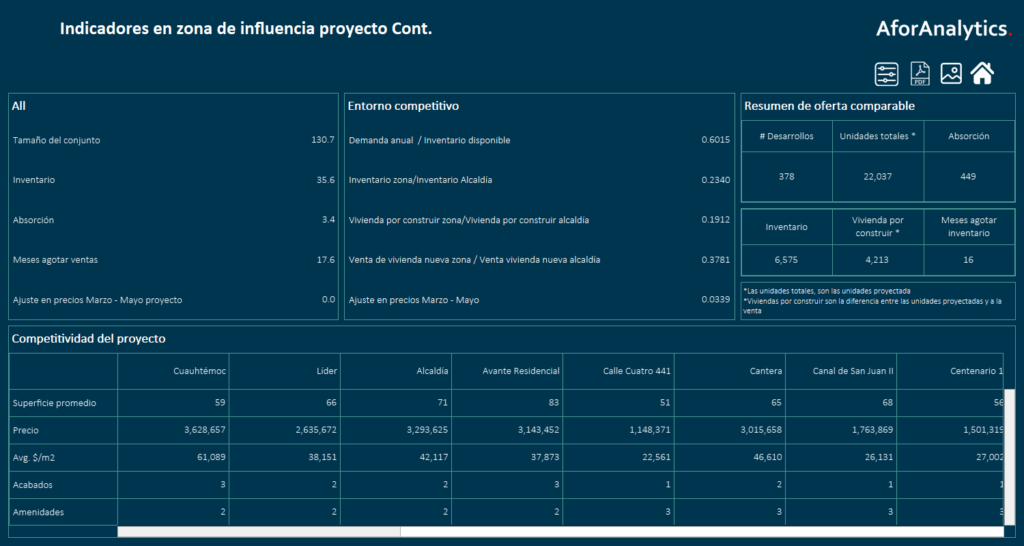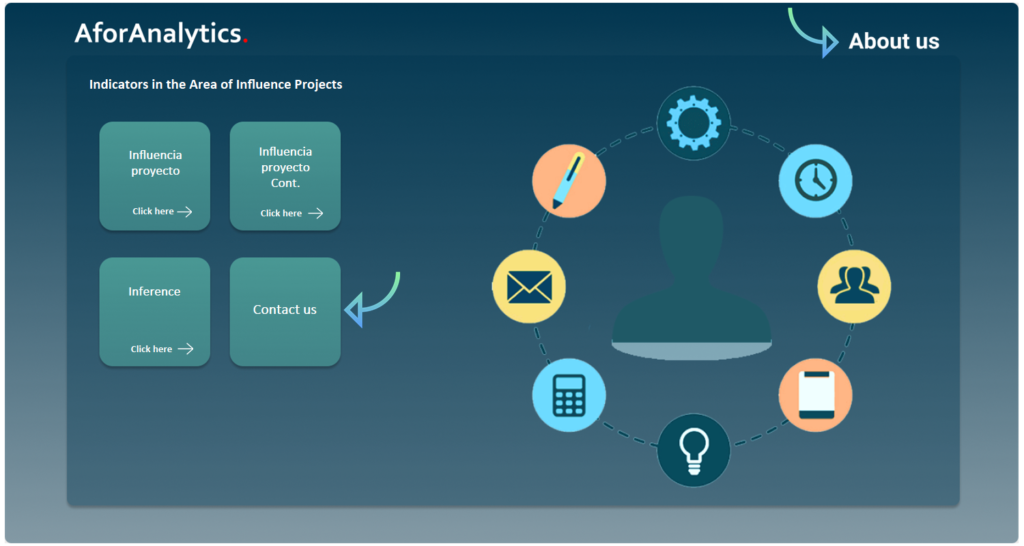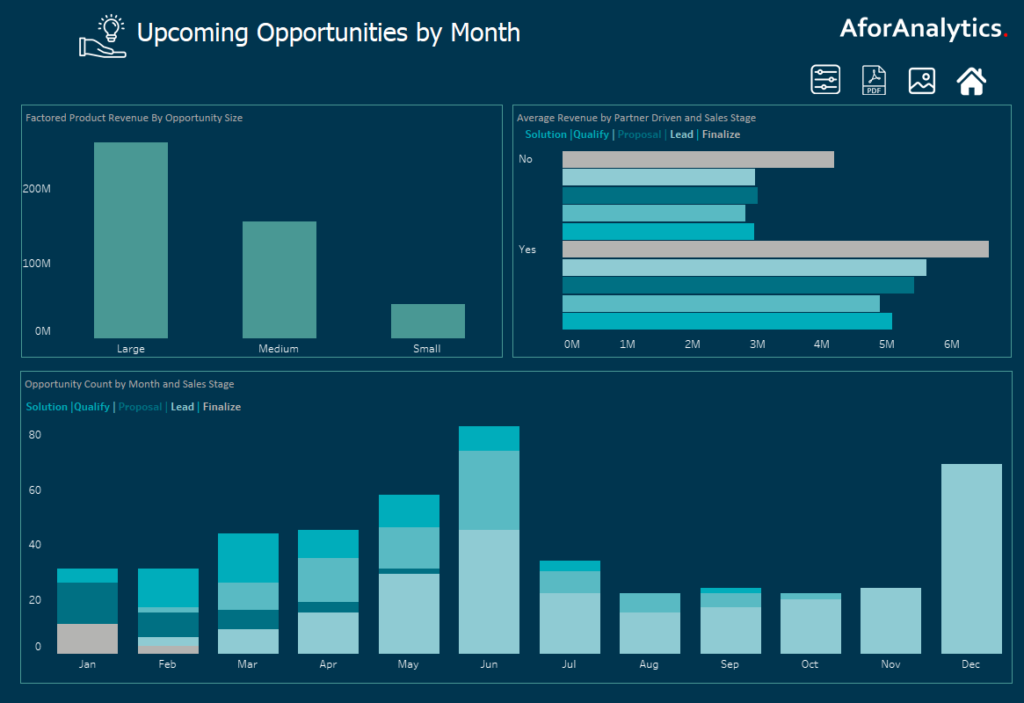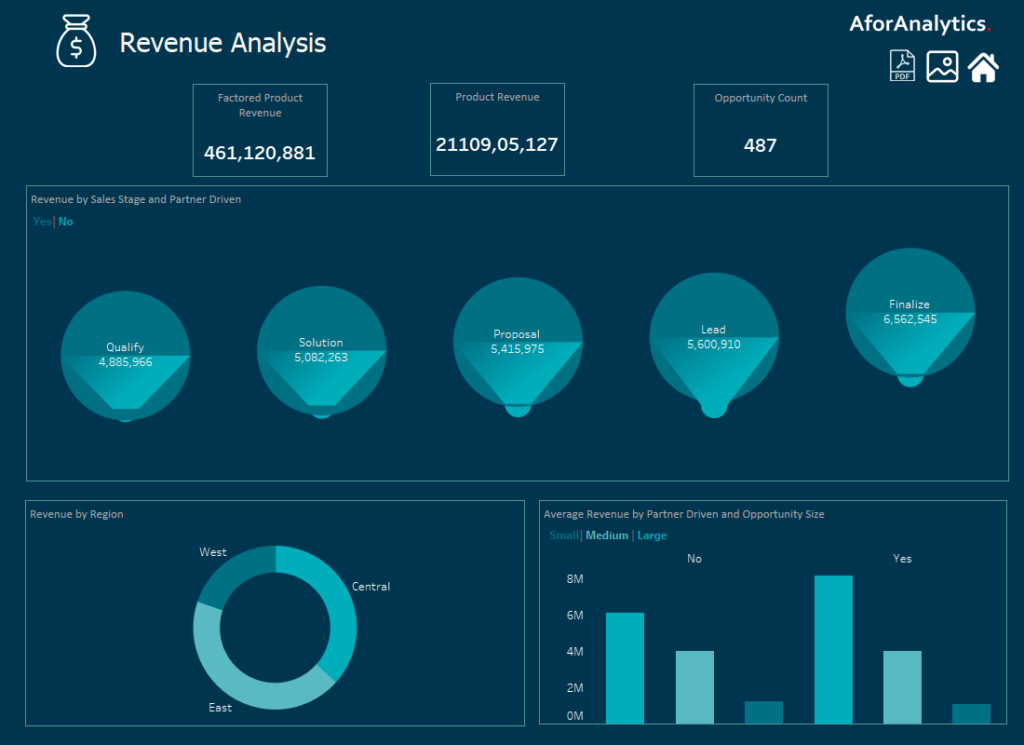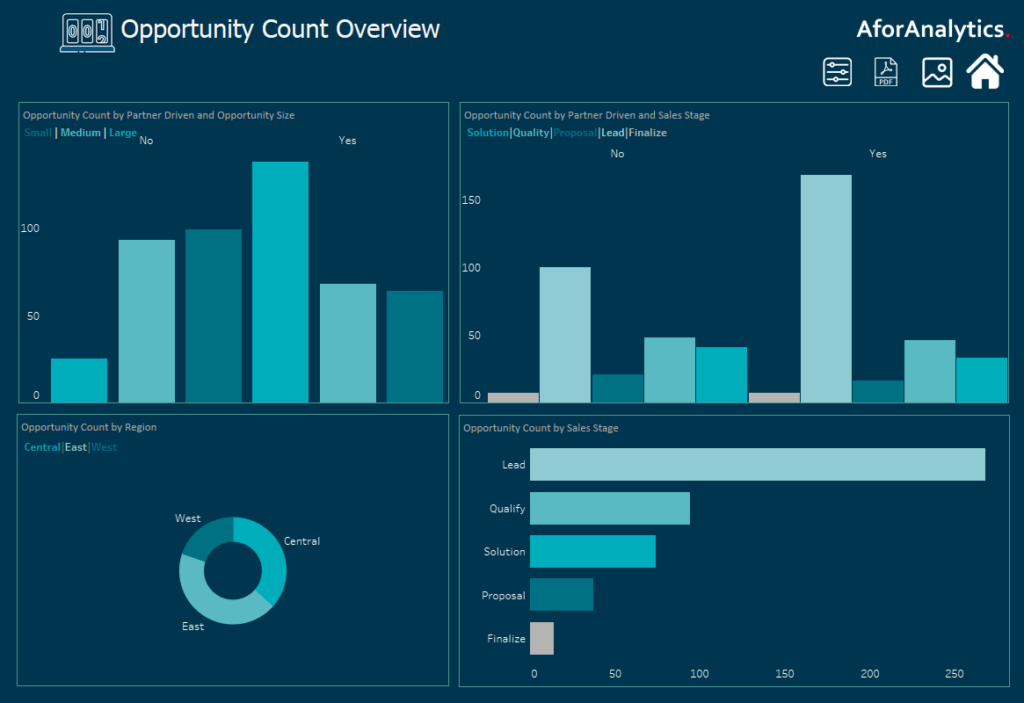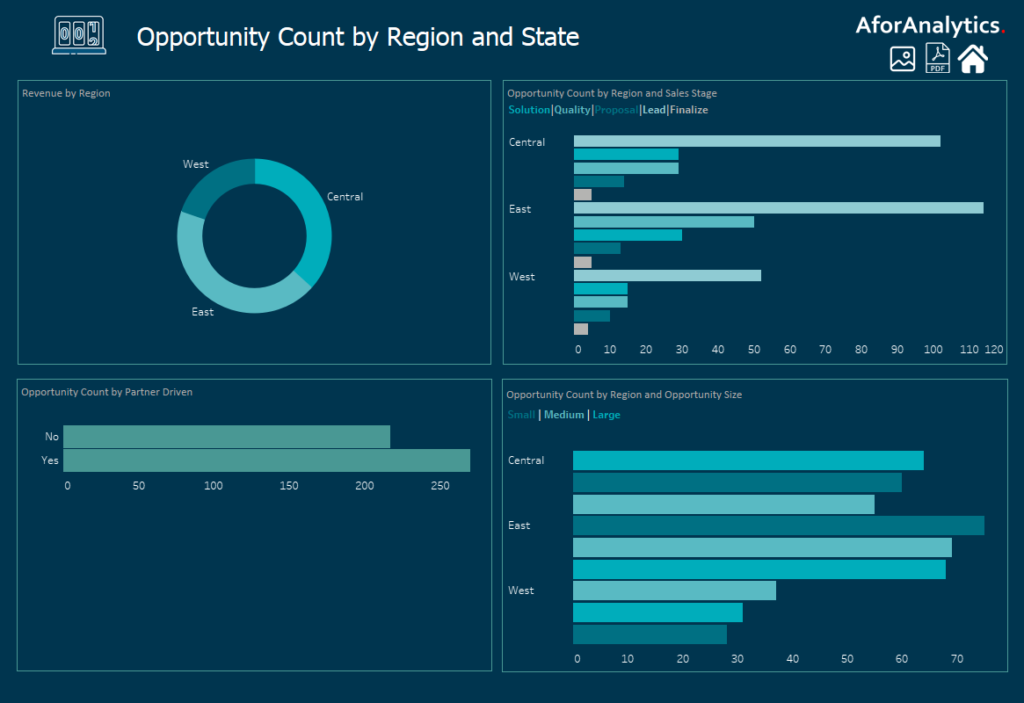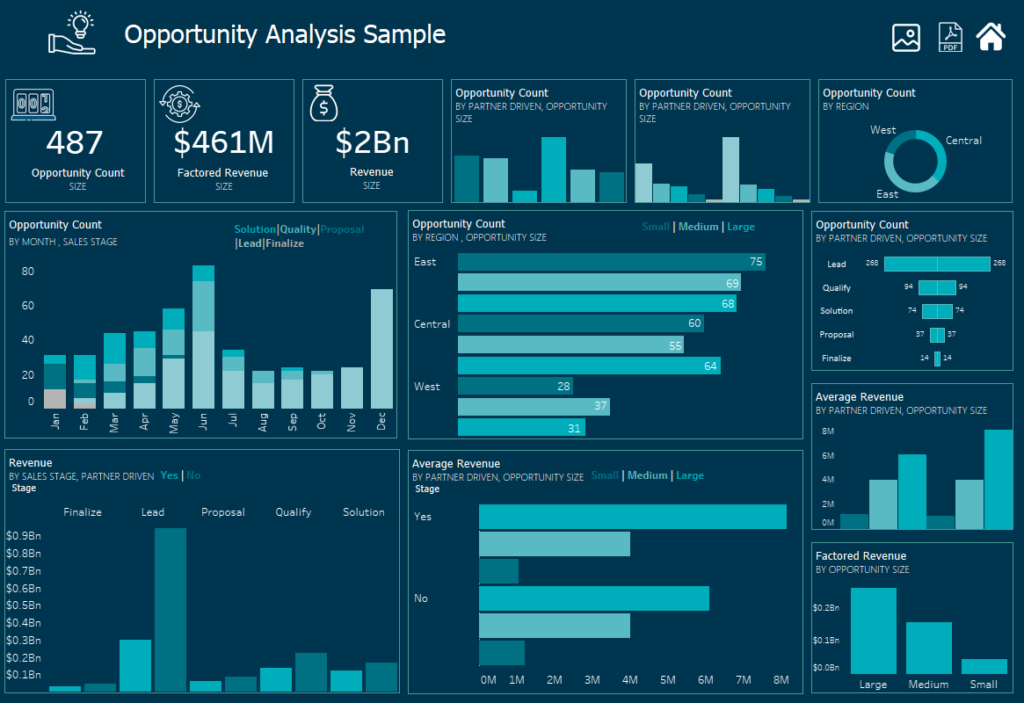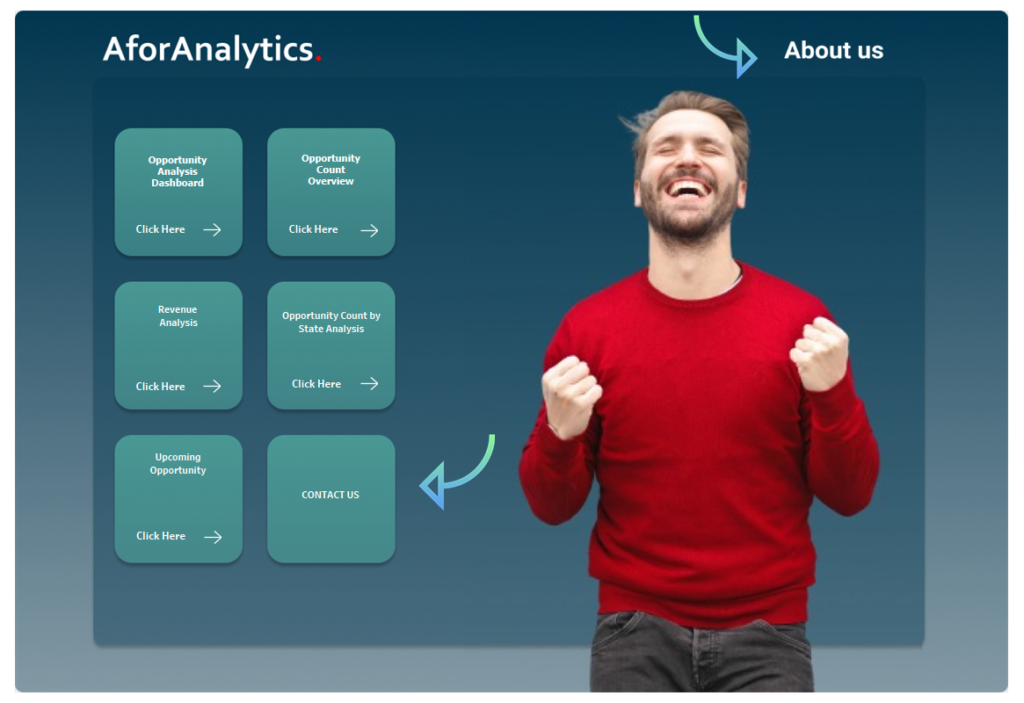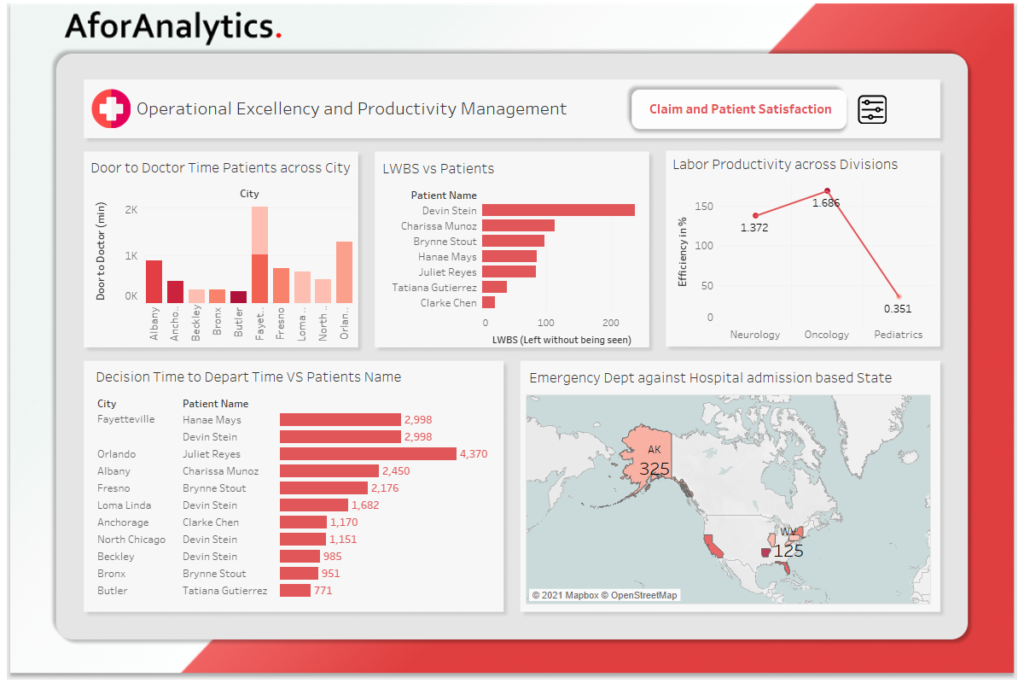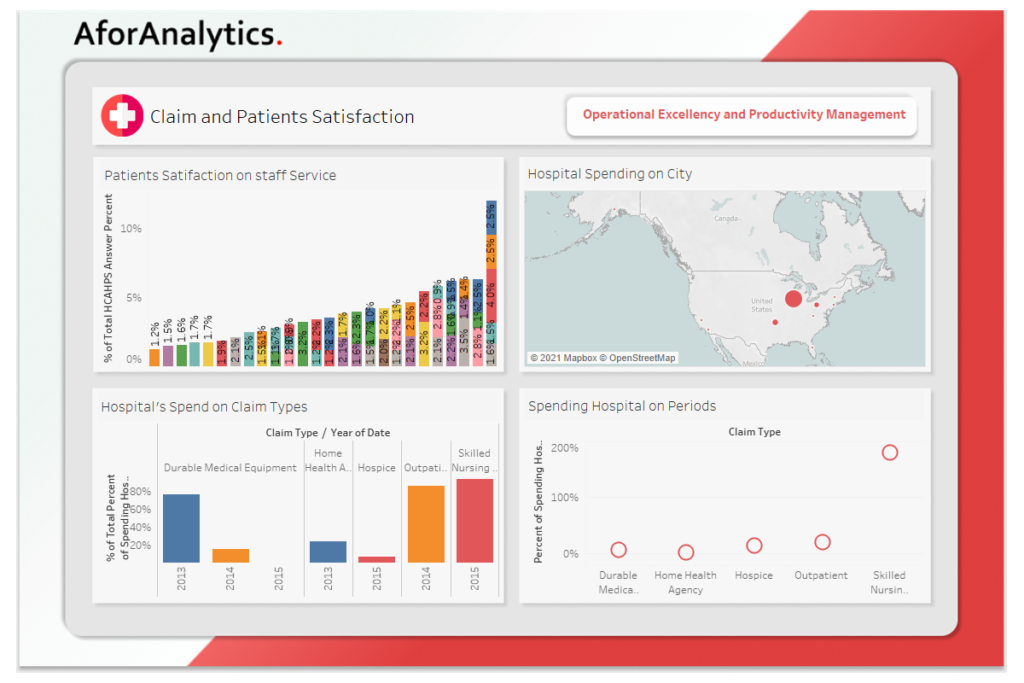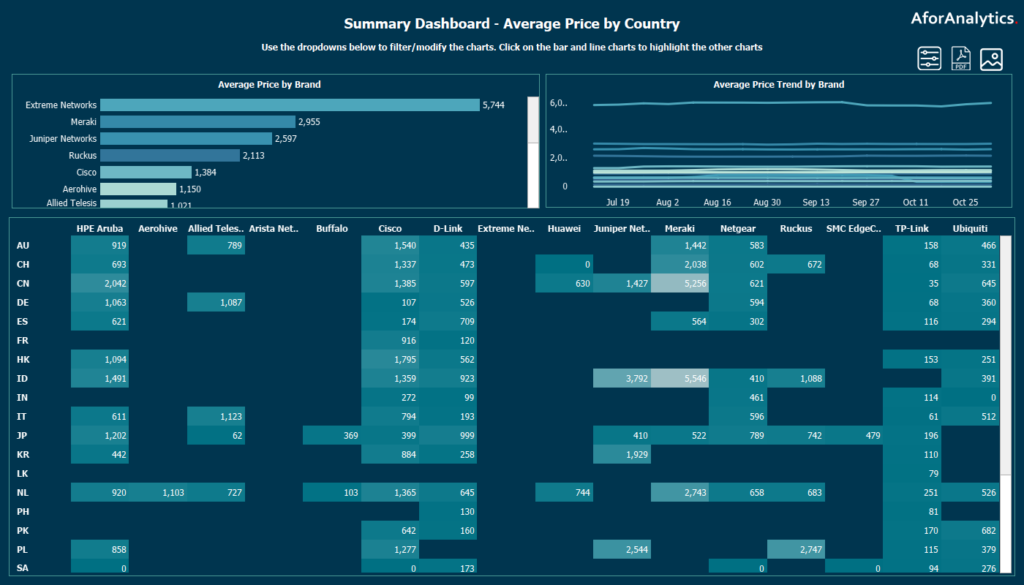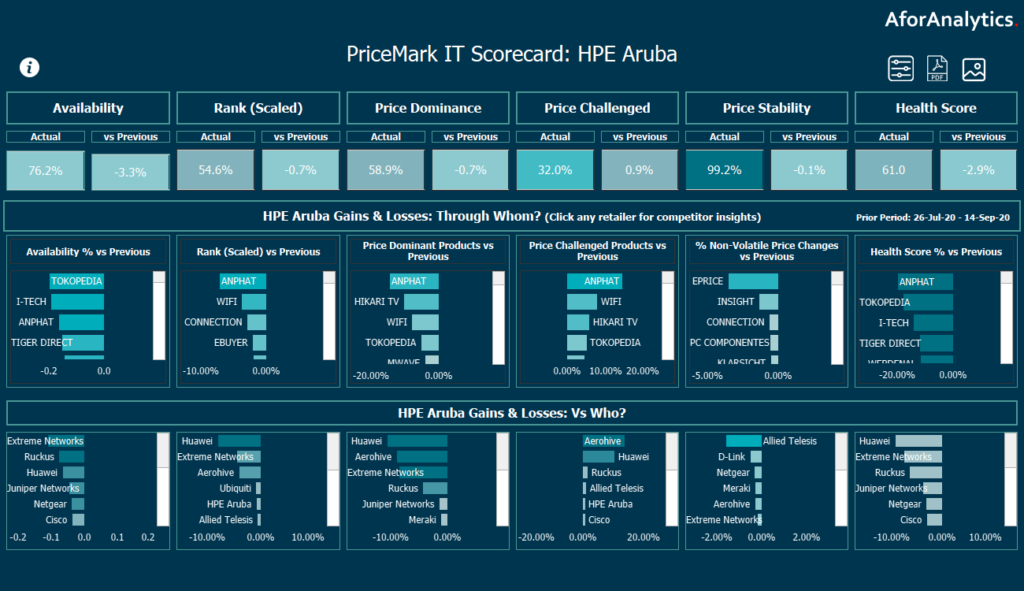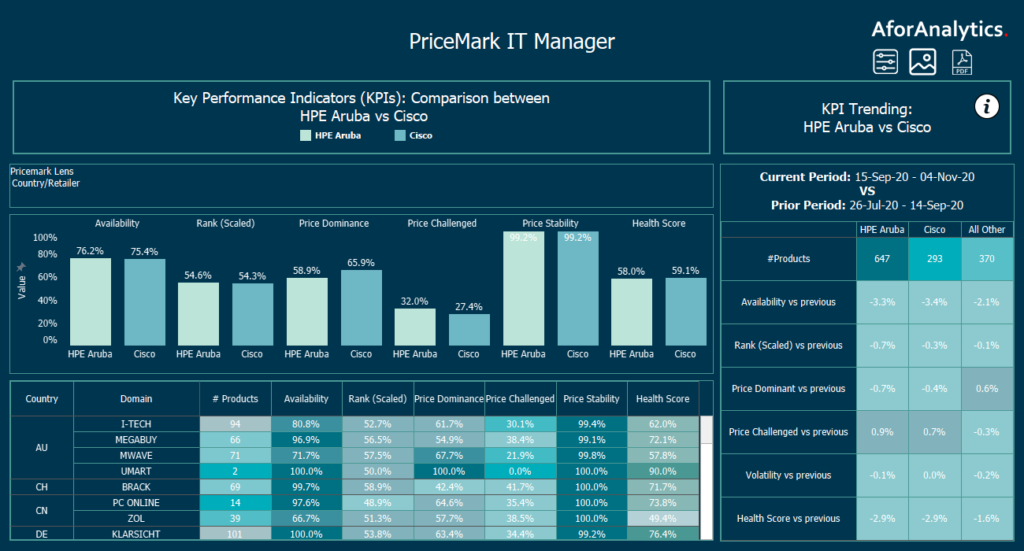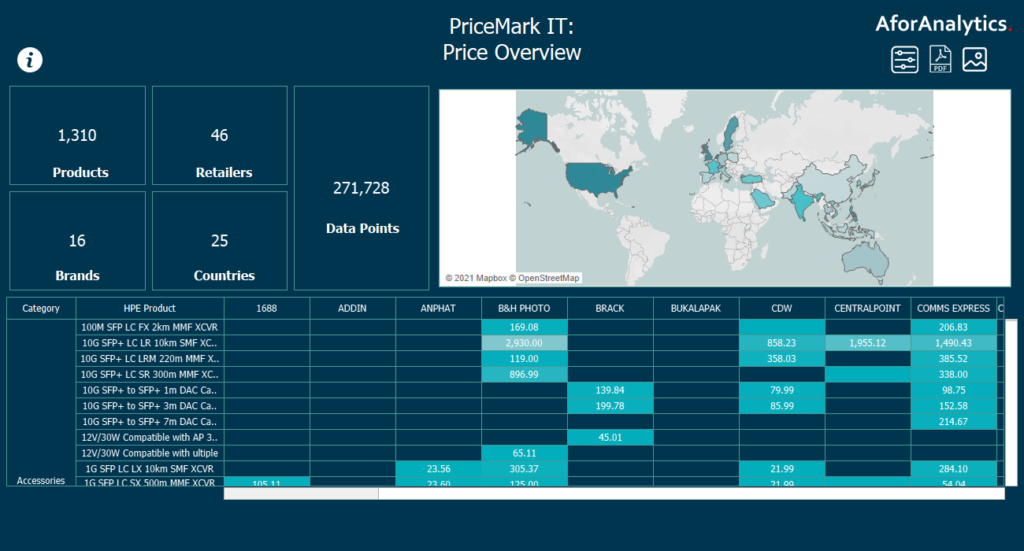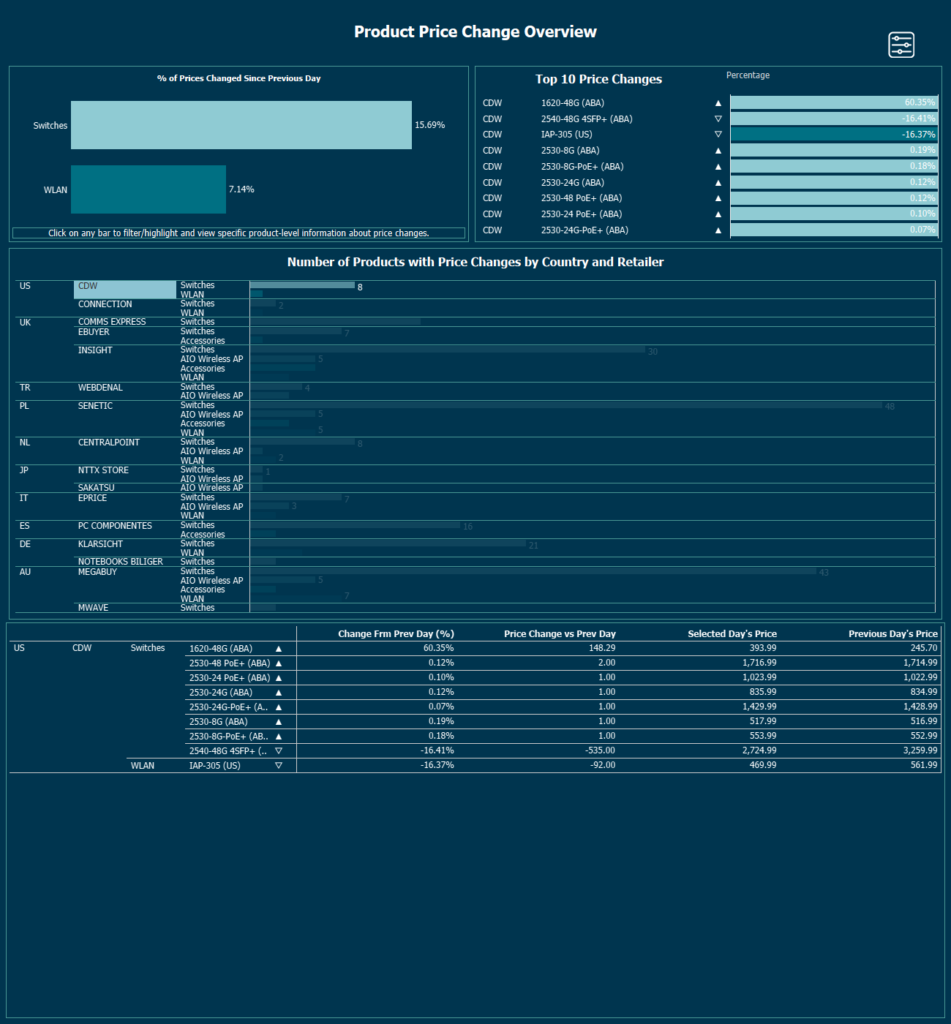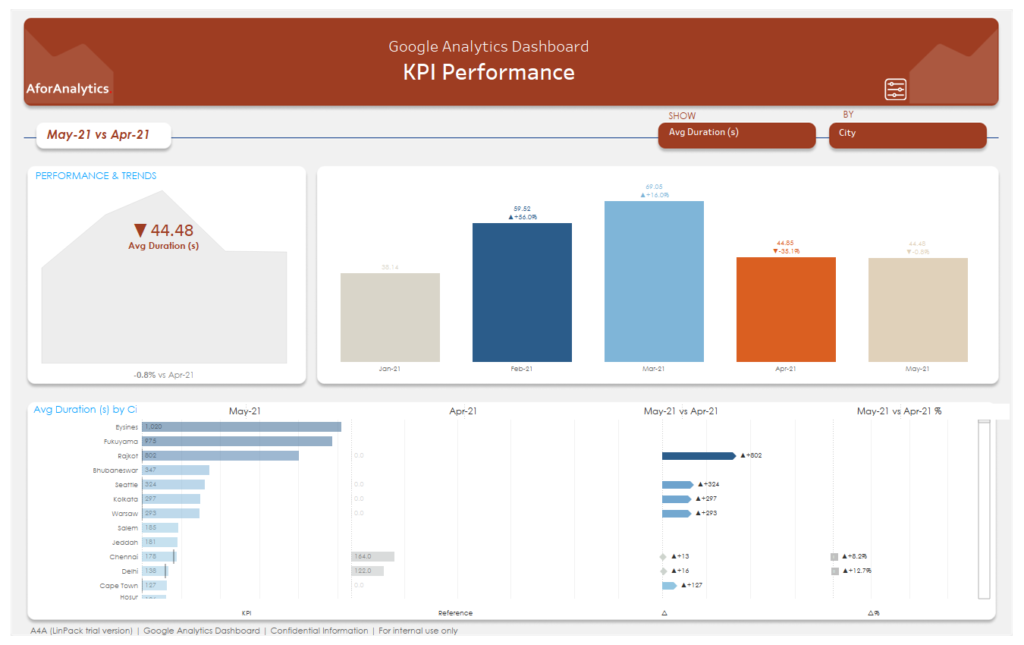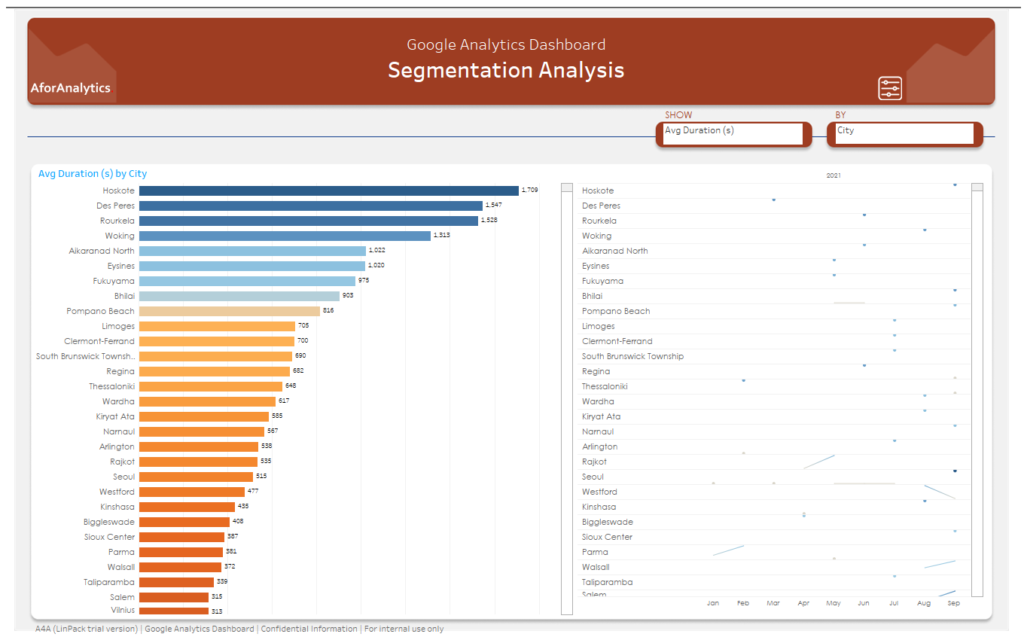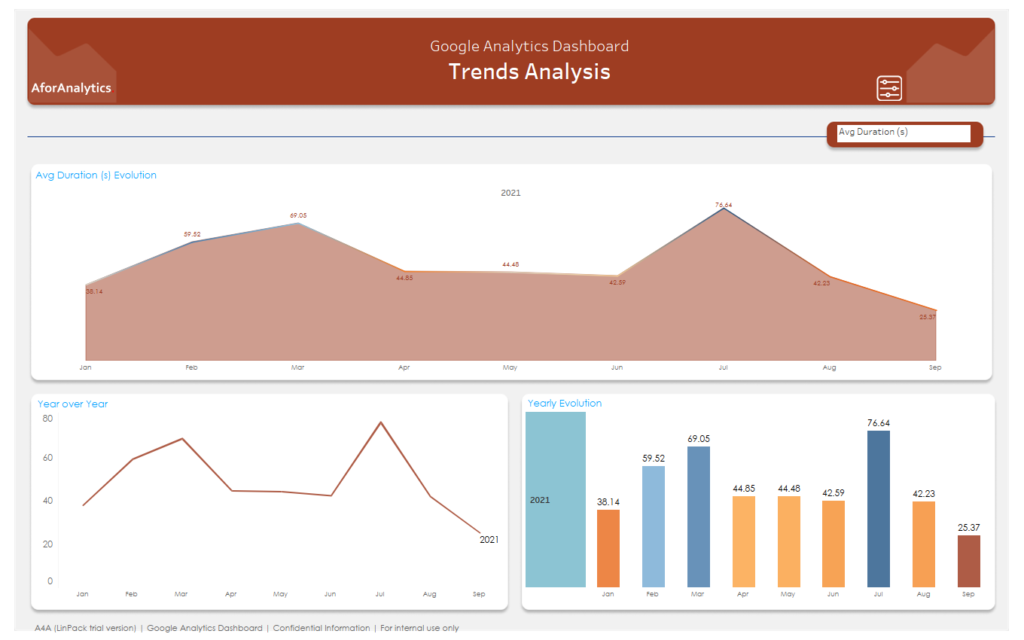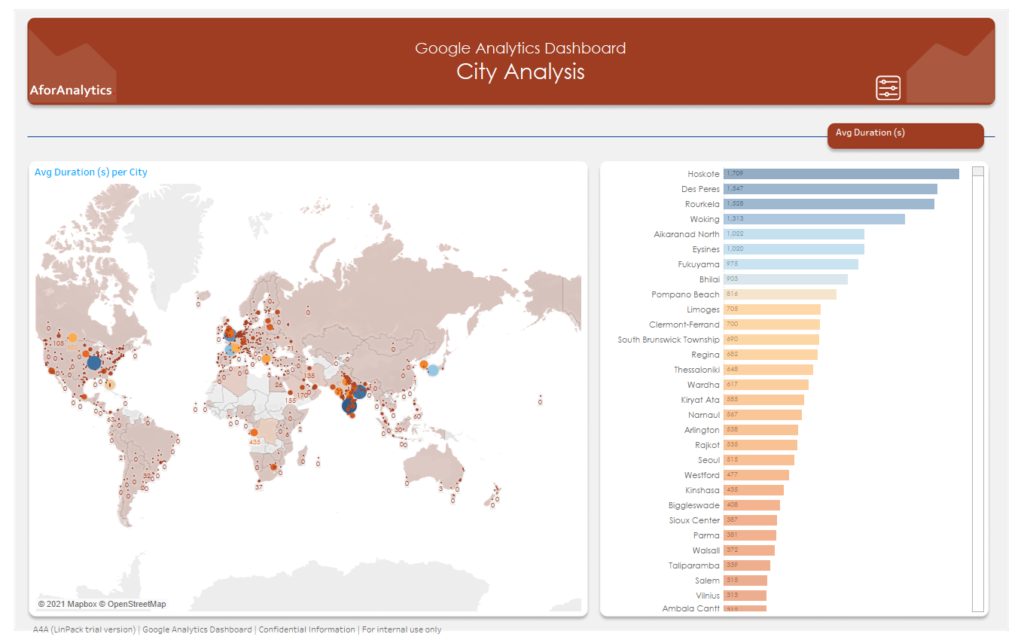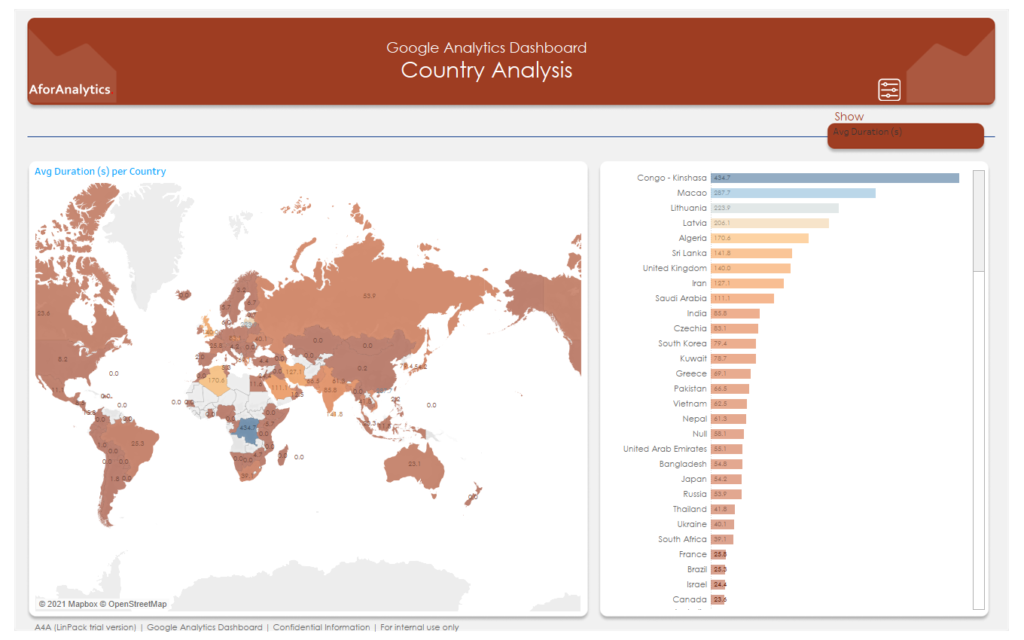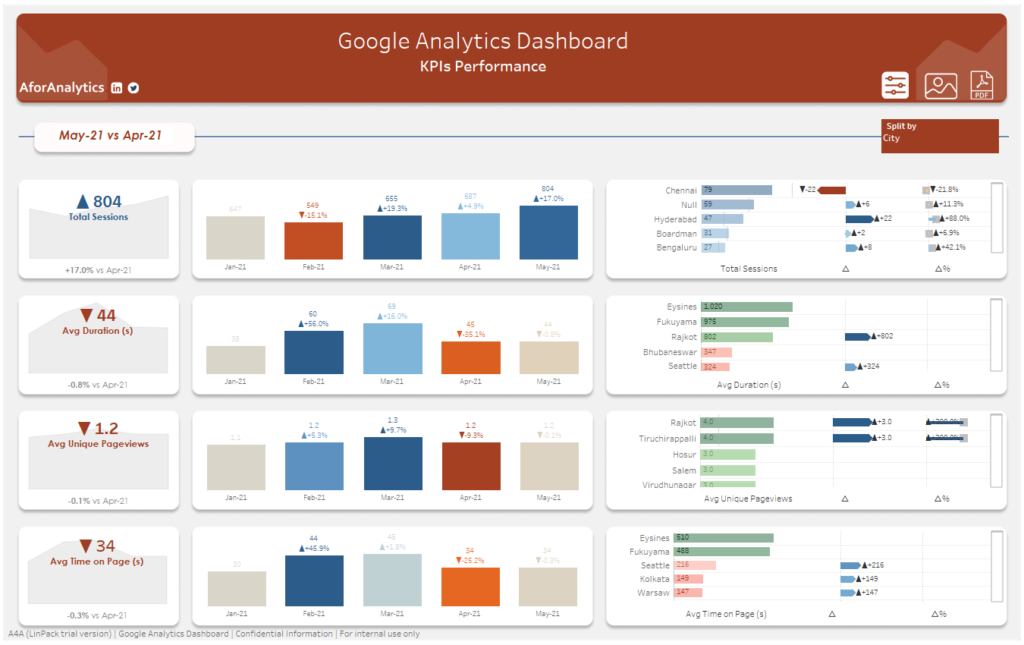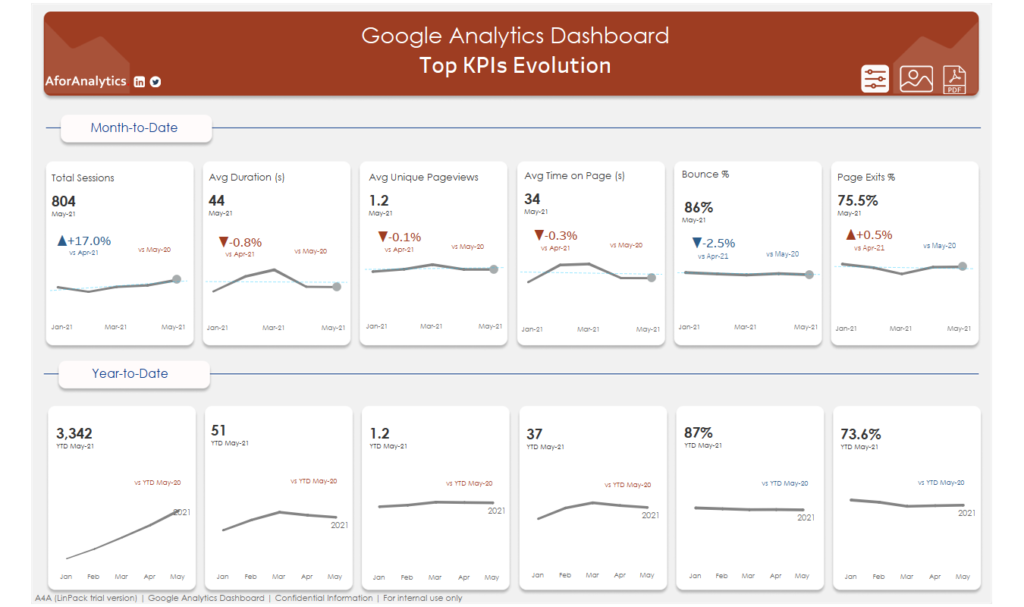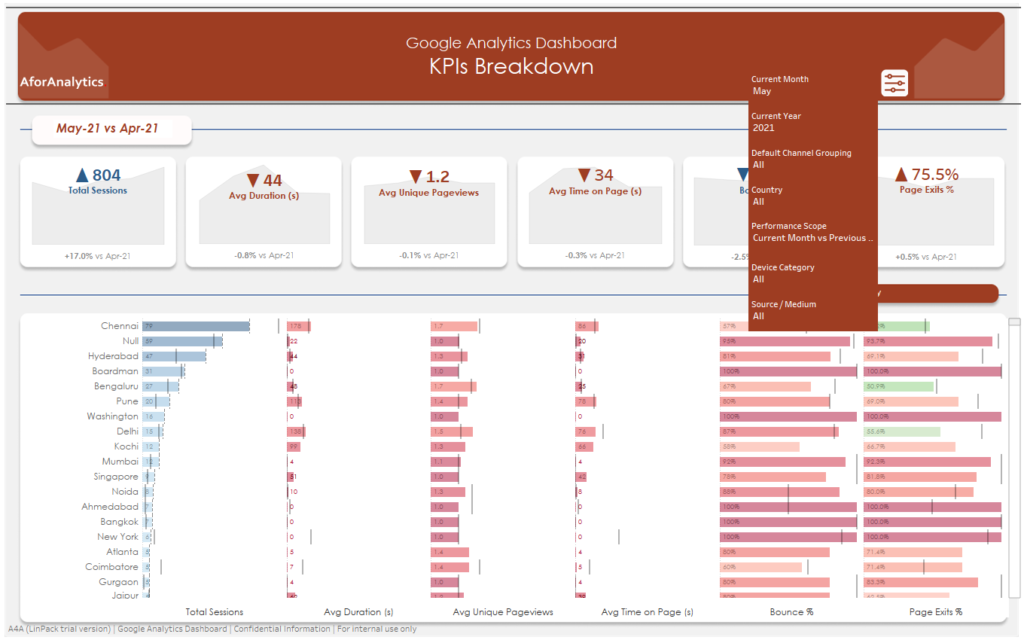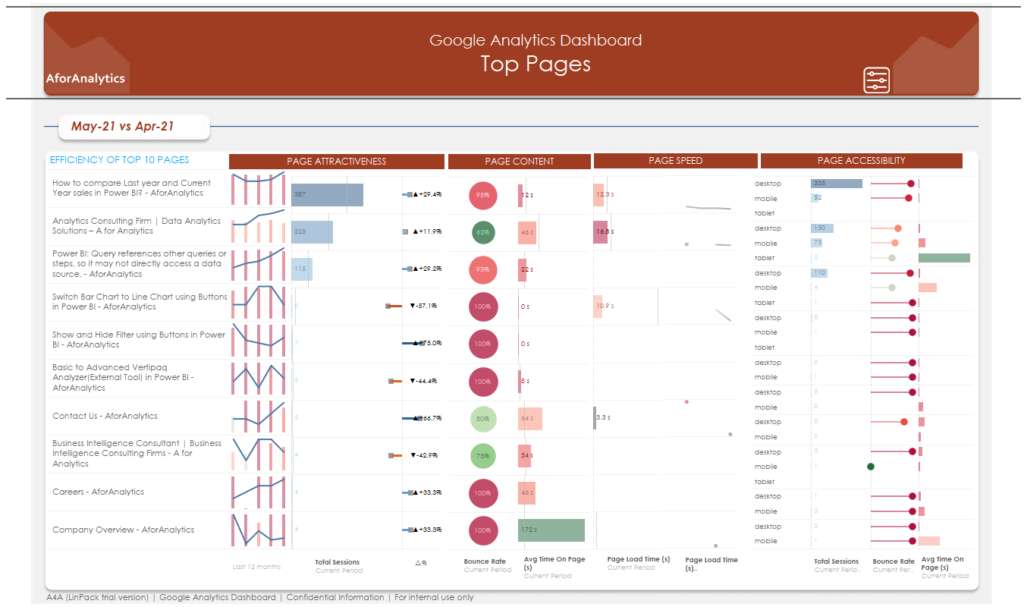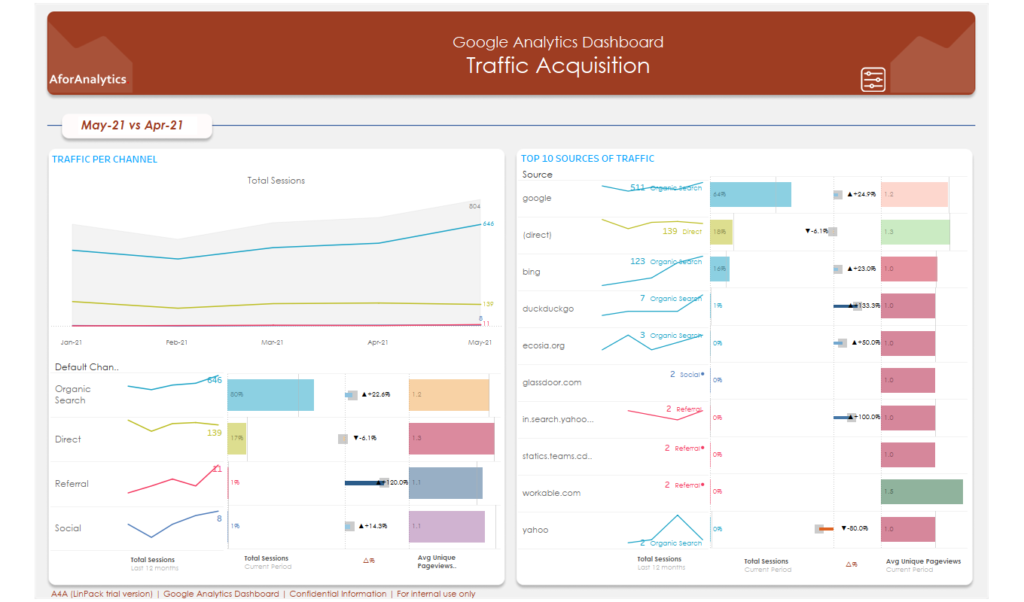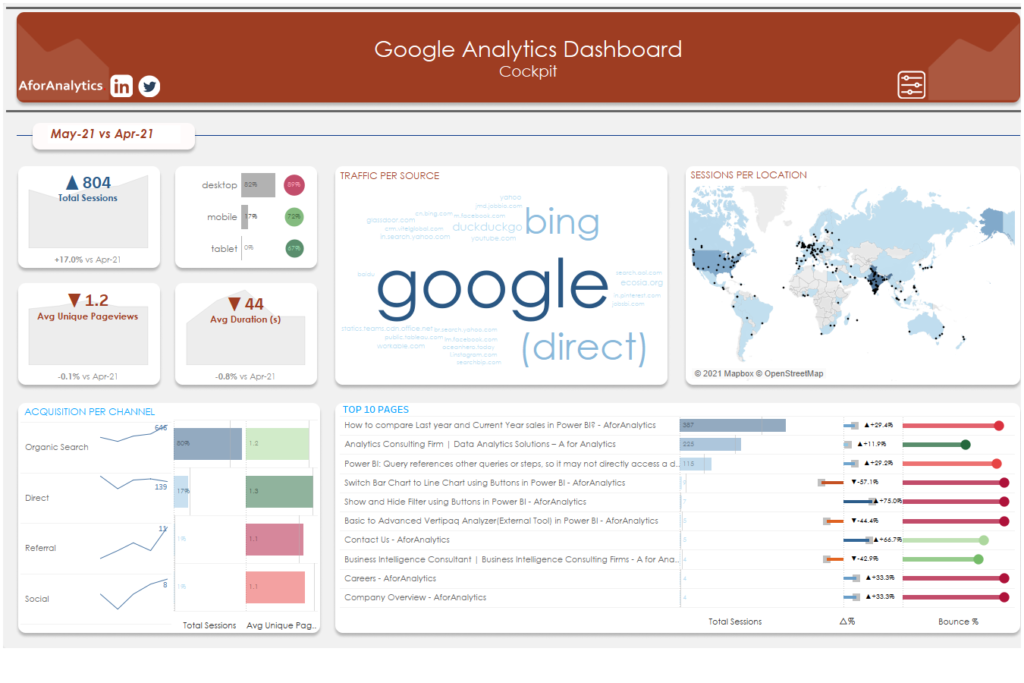
As businesses generate an increasing amount of data, it’s become more important than ever for organizations to have tools that can help them make sense of it all. That’s where Power BI Datamart comes in. This centralized data repository is designed specifically to work with Microsoft’s Power BI analytics service, providing businesses with a powerful tool for consolidating, analyzing, and visualizing their data. In this blog post, we’ll take a closer look at Power BI Datamart and explore some of the key benefits and features of this powerful tool.
What is Power BI Datamart?
Power BI Datamart is a data warehouse that has been specifically optimized for use with the Power BI service. It provides a centralized location for data storage and management, allowing businesses to bring together data from multiple sources and transform it into a format that can be easily analyzed and visualized. Some key features of Power BI Datamart include:
- Data consolidation: Power BI Datamart makes it easy to consolidate data from multiple sources, including databases, spreadsheets, and cloud-based applications. This makes it easier for businesses to work with a unified view of their data, rather than having to deal with multiple disparate sources.
- Data transformation: The Datamart also includes tools for transforming data, such as cleaning, filtering, and aggregating it. This helps to ensure that the data is accurate and consistent, and that it’s in a format that’s optimized for analysis.
- Data modeling: Power BI Datamart includes a powerful data modeling engine that allows businesses to create relationships between data sources, define hierarchies, and apply business rules. This makes it easier to analyze data and extract meaningful insights.
How does Power BI Datamart work?
Power BI Datamart works by consolidating data from various sources into a centralized repository. This data is then optimized for use with Power BI, making it easy for businesses to analyze and visualize their data. Power BI Datamart uses the Extract, Transform, Load (ETL) process to consolidate data from various sources. This involves extracting data from different sources, transforming it into a consistent format, and then loading it into the Power BI Datamart.
Benefits of using Power BI Datamart
- Simplifies Data Analysis: Power BI Datamart simplifies the process of data analysis by consolidating data from multiple sources into a single, unified view. This makes it easier for businesses to analyze and make sense of their data.
- Scalable: Power BI Datamart is designed to be highly scalable, which means that it can easily handle large volumes of data and support multiple users and workloads.
- Provides Real-time Data: With Power BI Datamart, businesses can access real-time data from various sources, which enables them to make informed decisions quickly.
- Improved Data Quality: Power BI Datamart improves data quality by standardizing and cleansing data from various sources. This ensures that businesses are working with accurate and consistent data.
- Increased Efficiency: By consolidating data from various sources into a single, unified view, Power BI Datamart increases efficiency and reduces the time it takes to analyze and make sense of data.
Conclusion:
Microsoft Power BI Datamart is a powerful tool for businesses that need to consolidate, analyze, and visualize their data. By providing a centralized location for data storage and management, and including tools for data transformation and modeling, Power BI Datamart can help businesses to improve data accuracy, make better decisions, and respond more quickly to changing market conditions. Whether you’re a small business or a large enterprise, Power BI Datamart is a tool that’s definitely worth considering.

